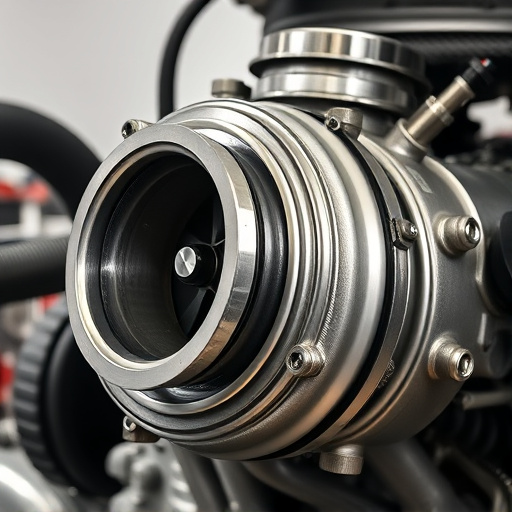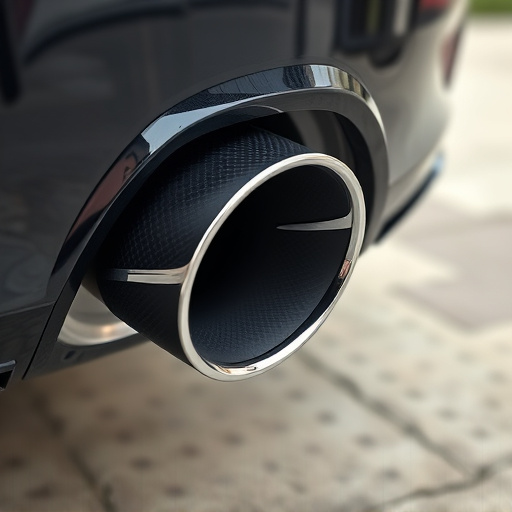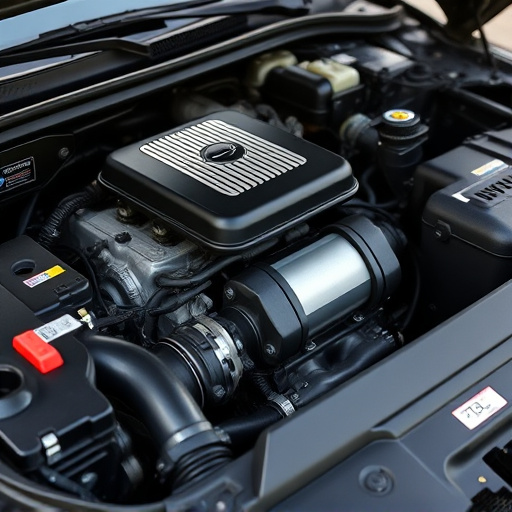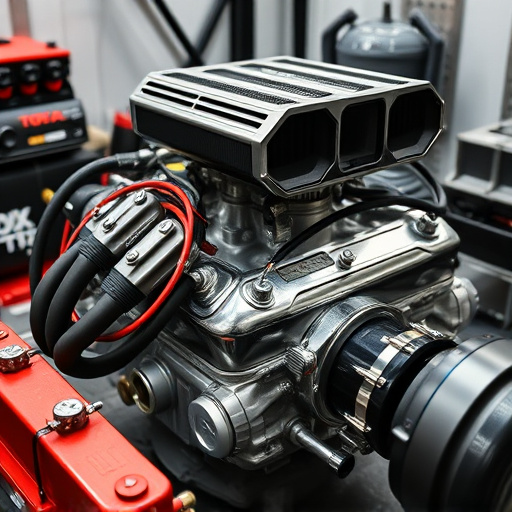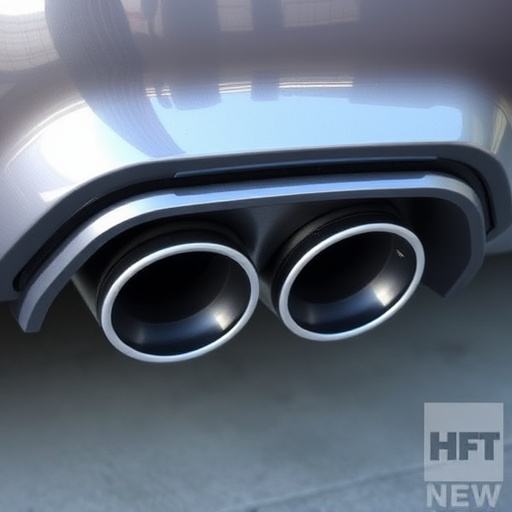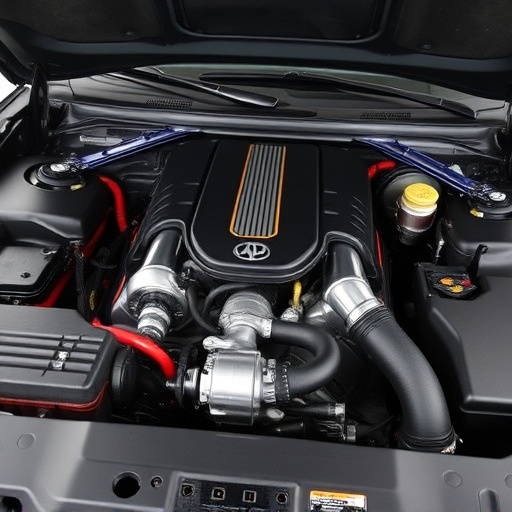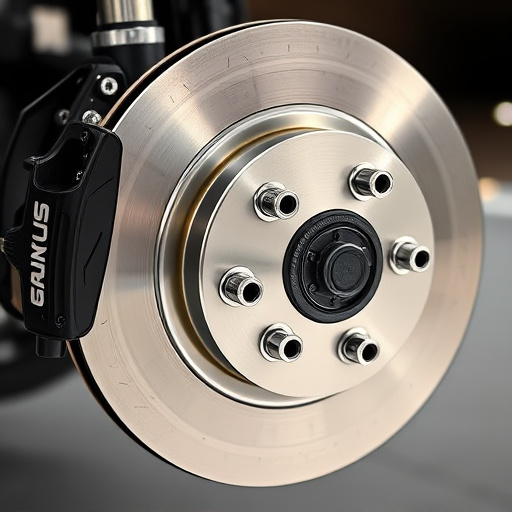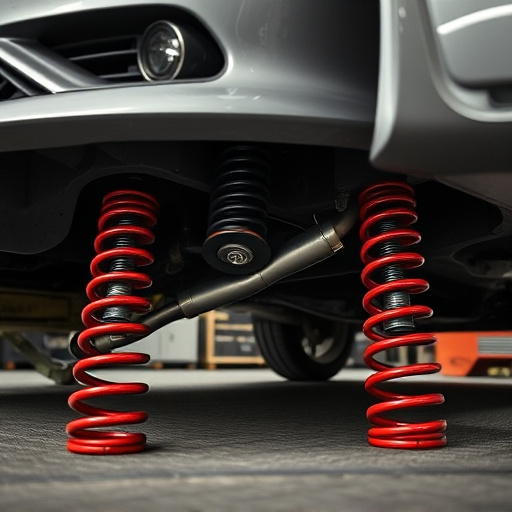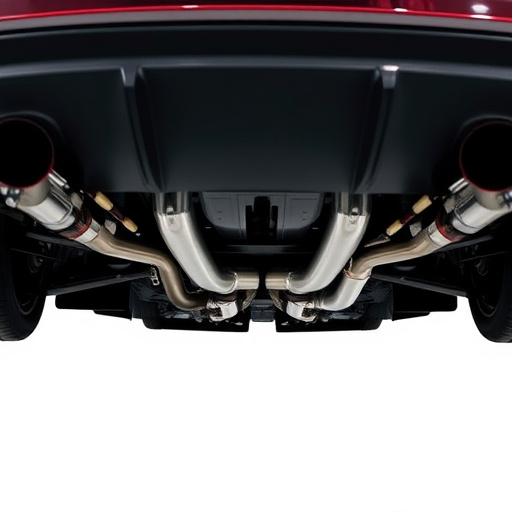Before installing an aftermarket dual exhaust system, thoroughly research your vehicle's make, model, and year for compatibility. Consult manuals or professionals to ensure proper integration with headers, mufflers, catalytic converters, and other components. Choose a system designed specifically for your model, considering modifications like cold air intakes. Be mindful of warranties, safety, and performance impacts, especially with cat-back exhaust systems and brake pads. Accurate assessment ensures seamless installation, optimal performance, and longevity for both your car and the new dual exhaust system.
Installing an aftermarket dual exhaust system can significantly enhance your vehicle’s performance and sound. However, ensuring compatibility is crucial. This guide provides essential tips for navigating the installation process, from understanding your vehicle’s requirements and choosing the right dual exhaust system to preparing your engine bay and following a step-by-step installation procedure. By adhering to these recommendations, you’ll successfully integrate a high-performing dual exhaust system tailored to your vehicle’s needs.
- Understanding Your Vehicle and Aftermarket Dual Exhaust System Compatibility
- – Assessing your vehicle's make, model, and year for compatibility
- – Identifying the specific dual exhaust system designed for your vehicle
Understanding Your Vehicle and Aftermarket Dual Exhaust System Compatibility

Before installing an aftermarket dual exhaust system, it’s crucial to understand your vehicle’s make, model, and year. Different cars are designed with unique specifications, and what works for one may not be compatible with another. Check your vehicle’s manual or consult a professional mechanic to ensure the dual exhaust system you choose aligns perfectly with your car’s architecture. This includes understanding the layout of your exhaust systems, from the headers to the mufflers, and how they connect to your engine and other components like the catalytic converter (cat).
Ensure that the aftermarket dual exhaust system is designed for your specific model, taking into account any modifications or upgrades you’ve made. Some systems may be tailored for performance-oriented vehicles, while others cater to stock models. Additionally, consider the impact on your vehicle’s warranty and overall safety, especially regarding components like brake pads and cat-back exhaust systems. Proper compatibility not only ensures a seamless installation but also guarantees optimal performance and longevity of both your car and the new dual exhaust system.
– Assessing your vehicle's make, model, and year for compatibility

When considering an aftermarket dual exhaust system upgrade, one of the most crucial steps is assessing your vehicle’s compatibility. Every make, model, and year has unique characteristics, so ensuring the new dual exhaust system fits seamlessly requires precise matching. Start by identifying your vehicle’s specifications, including its year, make, and model. This foundational information is vital for finding the right high-performance parts that align with your car’s design and requirements.
Further research into specific models will reveal pre-existing compatibility challenges and solutions within the exhaust systems market. Some vehicles may require custom fittings or modifications to accommodate the new system, while others might have readily available options. Incorporating a performance air filter alongside your dual exhaust can enhance overall vehicle performance, ensuring you make the most of your upgrade.
– Identifying the specific dual exhaust system designed for your vehicle

Choosing the right dual exhaust system is paramount to ensure a seamless and efficient installation. The first step is identifying the specific system designed for your vehicle make and model. Not all dual exhaust systems are created equal; they vary in design, materials, and compatibility. Researching and selecting a system tailored to your needs ensures optimal performance and compatibility with your car’s existing components, such as the engine, transmission, and chassis.
When selecting, consider factors like the type of exhaust mufflers, the impact on overall vehicle performance (including fuel efficiency), and any additional modifications like cold air intakes you might have. Ensure the dual exhaust system complements these upgrades to avoid compatibility issues. Remember, a well-chosen dual exhaust system not only enhances your vehicle’s aesthetics but also contributes to its overall driving experience.
When installing an aftermarket dual exhaust system, proper research is key. Understanding your vehicle’s make, model, and year ensures you choose a compatible system, enhancing performance and preserving your warranty. By identifying the right fit, you’ll enjoy a seamless installation process and reap the benefits of a powerful, efficient dual exhaust setup.


